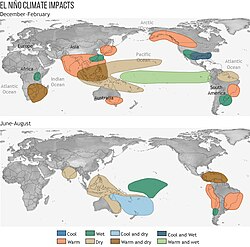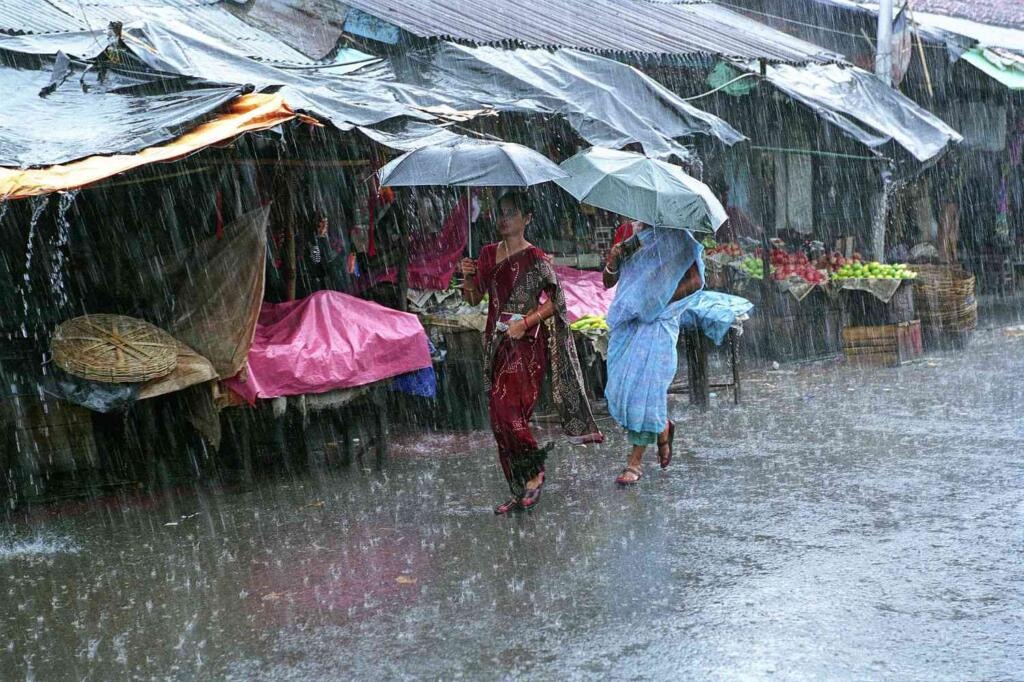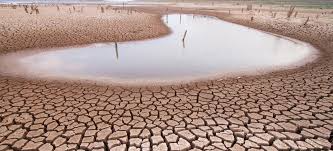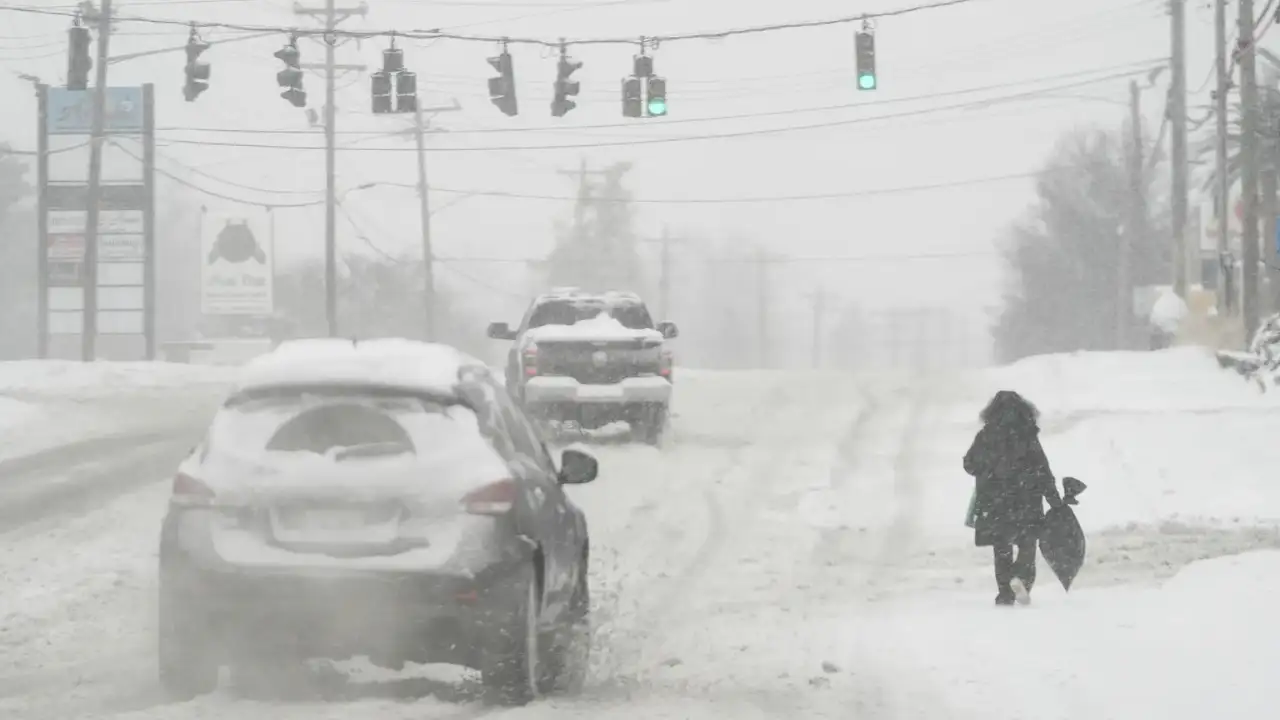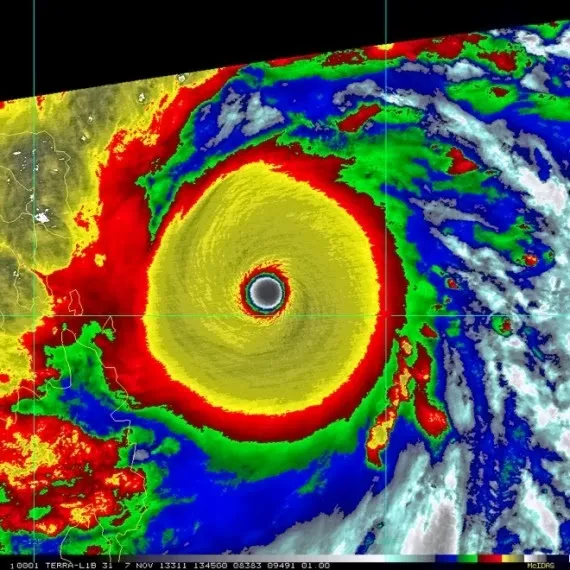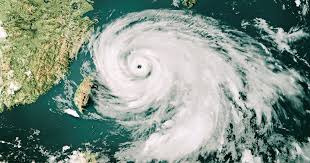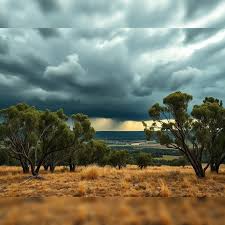
Australia Braces for Driest Winter in a Decade
Australia is heading into what forecasters are calling the driest winter in over a decade. As of early July 2025, major weather agencies and climate analysts are signaling below average rainfall across much of the continent from the tropical north and eastern coast to inland agricultural belts. This comes amid a broader trend of intensifying drought conditions, threatening water security, crop yields, bushfire risk, and energy supplies. With key industries and communities already operating under tight water allocations, this winter promises to test national resilience in new and potentially serious ways.
1. Weather Forecasts & Climate Drivers
Meteorologists attribute the upcoming dry season to a powerful combination of climate patterns. A La Niña event usually synonymous with wetter than normal conditions in eastern Australia has now ended, leaving in its wake a neutral to weak El Niño phase. Simultaneously, climatic models indicate persistent warming in the Indian Ocean, suppressing moisture bearing westerly winds that typically deliver rain. The result a pressure pattern that promotes dry air across continental Australia, especially from May through August. Early projections indicate rainfall may be up to 40 60% below typical levels in western and southeastern regions, with northern areas also expected to register significant deficits. This mirrors similar dry winters in 2007 and 2016, but signs suggest this one could be even more acute, given the current state of ocean warming.
2. Agricultural and Economic Fallout
A winter without adequate rain will likely devastate Australia’s agricultural sector, which depends heavily on winter cropping. Farmers in Western Australia, the Murray Darling Basin, and parts of New South Wales are preparing for stunted or failed yields of wheat, barley, canola, and pulses. In many districts, planting was delayed or abandoned entirely last season due to moisture shortages. That trend seems set to worsen. Livestock producers are stockpiling fodder and considering early destocking strategies to cope with diminished pasture growth. These pressures are expected to ripple into national commodity markets, driving grain shortages, increasing feed costs, and pushing grocery prices higher just as inflation remains stubbornly elevated.
3. Water Resources Under Strain
Australia’s towns and cities already face tight water allocations heading into winter. Major reservoirs like Warragamba Dam near Sydney, Perth’s Mundaring Weir, and Adelaide’s Mount Bold are operating below 50% capacity. A dry winter offers little relief. Without significant rainfall, many reservoirs risk falling to critical levels. Rural water storages particularly those supplying remote communities are especially vulnerable. Groundwater aquifers, a backstop in dry years, did not recover fully over the past two summers, and extraction limits are already in effect. Urban water use restrictions are expected to intensify, with mandatory lawn watering bans and reduced outdoor uses. Authorities urge households to conserve heat, limit indoor water use, and adopt recycling systems in anticipation of a long dry spell.
4. Escalated Bushfire Threat
Brittle, desiccated vegetation and declining soil moisture are combining to raise the specter of an unusually dangerous bushfire season. Even though Australia typically enters a lull in fire activity during winter, this year’s dryness has primed forests, grasslands, and scrublands for ignition. Controlled burns are underway where conditions permit, but limited moisture complicates planned fire management. Emergency services warn that once spring arrives, early season fires could spread more rapidly and respond more intensely to wind driven fronts. Rural communities and metropolitan fringe suburbs are being urged to update fire evacuation plans, clear gutters, maintain defensible space around homes, and ready bushfire survival kits.
5. Energy Security & Hydropower Impacts
Hydroelectric schemes like Snowy Hydro and Tasmania’s hydro plants depend on winter inflows from rivers fed by rainfall and alpine snowpack. With snow levels forecast to be well below average, water allocations for hydro generation may be curtailed. This could reduce renewable energy output during peak demand periods. Meanwhile, a drier winter may escalate energy demand particularly from electric heating in cities coinciding with lower power output. The convergence of low hydro reserves and elevated electricity consumption could lead to power constraints or price spikes, especially during cold snaps. Energy ministers are reportedly reviewing contingency options, including demand response programs and supplementary generation from gas peaker plants if necessary.
6. Urban Populations and Health
Urban residents in Melbourne, Sydney, Brisbane, and Adelaide are being encouraged to prepare for a winter that feels less damp and more indoor bound. Reduced humidity could exacerbate respiratory issues and trigger more frequent cases of dry skin complaints, hay fever, and influenza. Public health advisories are reminding households to maintain hydration, monitor indoor air quality, and consider humidifiers during colder nights. City councils may deploy public services such as increased street tree watering (using recycled water), misting stations in low income housing, and more intense health outreach to ensure at risk populations especially the elderly can manage the combined challenges of cold and dryness.
7. Long Term Planning & Climate Adaptation
This threatening dry winter underscores a shift in Australia’s climate baseline where “worst drought in a generation” scenarios are becoming regular chapters, not anomalies. Experts and policymakers argue that adaptation efforts must transition from short term fixes to structural resilience. Strategies under discussion include expanding managed aquifer recharge, investing in desalination plants, incentivizing drought resistant crop varieties, modernizing water grid infrastructure, and revising national building codes to prioritize water efficiency. Agricultural colleges and local governments are working alongside First Nations custodians to integrate traditional water management practices with modern techniques a synthesis that may prove essential amid intensifying climate stress.
8. Vigilant Winter Ahead A National Test
As winter 2025 unfolds, Australia finds itself at a critical juncture. This won’t be a simple seasonal fluctuation it will test the nation’s capacity to navigate simultaneous stressors agricultural risk, water scarcity, bushfire potential, health issues, and energy strain. With forecasts predicting minimal rainfall until early spring, Australians across sectors are preparing for an extended dry and uncertain period. Ultimately, the nation must balance immediate conservation measures and fire preparedness with forward thinking investments in resilience. This winter’s challenges may well chart the course for how Australia responds to a future where each season carries the weight of climate change’s invisible hand.
Related Post
Popular News
Subscribe To Our Newsletter
No spam, notifications only about new products, updates.

